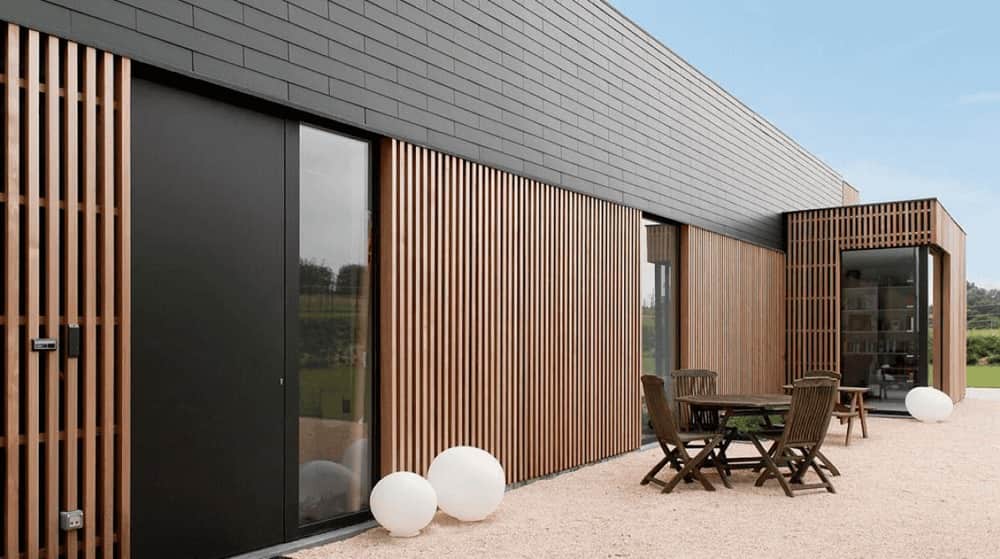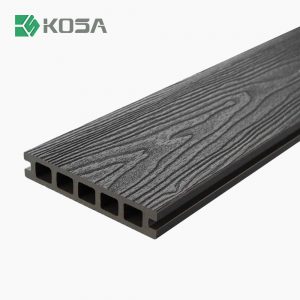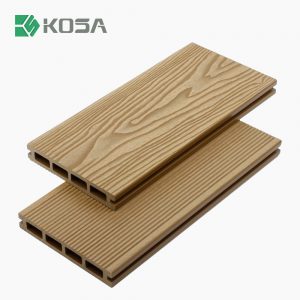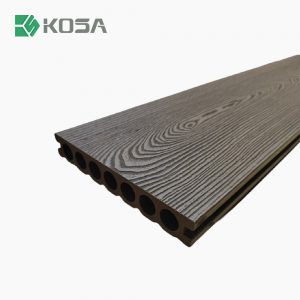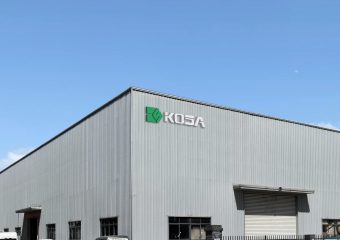When it comes to wall decoration, both indoors and outdoors, the material you choose can significantly impact the aesthetics, durability, and maintenance of your space. Wood-Plastic Composite (WPC) cladding, also called WPC wall panels has emerged as a versatile and popular option for both exterior and interior wall decoration. Combining the natural look of wood with the durability of plastic, WPC cladding offers a range of benefits that make it an ideal choice for homeowners, builders, and designers alike. In this article, we’ll explore why WPC cladding is an excellent option for decorating your walls.
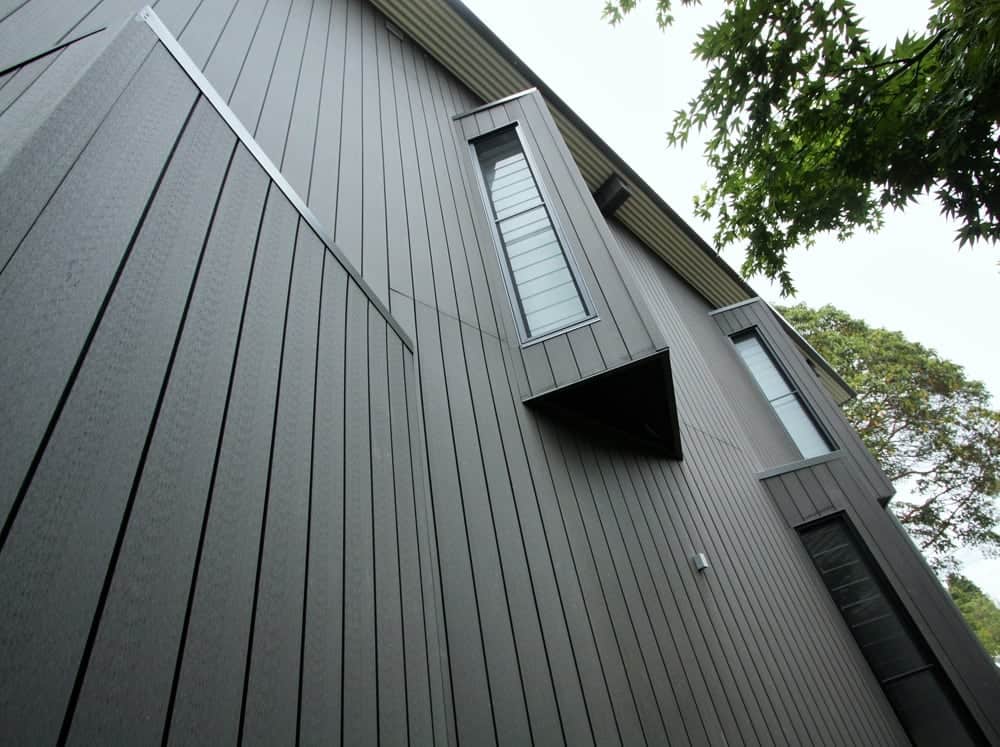
1. Durability and Weather Resistance
One of the standout features of WPC cladding is its remarkable durability. Traditional wood, while beautiful, is prone to damage from moisture, UV rays, and insect infestations. WPC cladding, on the other hand, is engineered to resist these issues. Made from a combination of wood fibers and plastic, WPC cladding is designed to withstand harsh weather conditions, making it an excellent option for exterior walls.
Whether you live in an area with high humidity, intense sunlight, or heavy rainfall, WPC cladding will maintain its integrity and appearance. It resists rotting, warping, and cracking, all of which are common issues with traditional wood cladding in challenging climates.
2. Low Maintenance
One of the most appealing aspects of WPC cladding is its low maintenance requirements. Unlike natural wood, which needs regular sealing, painting, or staining to preserve its appearance, WPC cladding retains its look with very little effort. A simple wash with soap and water is usually enough to keep it clean and looking fresh.
This makes WPC cladding an ideal choice for homeowners and businesses who want a stylish, wood-like appearance without the constant upkeep associated with natural wood.
3. Eco-Friendly and Sustainable
WPC cladding is an environmentally friendly choice for wall decoration. It is made from a mix of recycled wood fibers and plastic, helping to reduce the demand for virgin wood and re-purposing plastic waste that might otherwise end up in landfills. This Eco-conscious blend makes WPC a sustainable option that appeals to those looking for greener building materials.
Additionally, many WPC products are recyclable at the end of their lifespan, contributing to a more circular economy and reducing the environmental impact compared to traditional cladding materials.
4. Versatile Design Options
WPC cladding comes in a wide range of colors, textures, and finishes, making it a versatile choice for both exterior and interior design. You can achieve the warm, natural look of wood or opt for modern, sleek finishes that complement contemporary spaces. The variety of finishes allows you to match the cladding with the style of your home or building, whether you’re going for a rustic look or a more polished, modern feel.
For exterior use, WPC cladding can give your building a refined, elegant appearance, enhancing curb appeal. Indoors, it can add a touch of warmth and sophistication, transforming plain walls into a feature with character and texture.

5. Easy Installation
WPC cladding is often designed for easy installation, which can save both time and labor costs. Many WPC systems come with interlocking panels or hidden fasteners, allowing for a seamless and smooth installation process. This ease of installation makes it an attractive option for both professionals and DIY enthusiasts.
Moreover, because WPC cladding is lightweight compared to traditional wood or stone, it’s easier to handle and install, particularly for large surface areas. The convenience of installation, combined with the durability of the material, makes WPC cladding a practical choice for both new builds and renovation projects.
6. Moisture and Pest Resistance
Unlike natural wood, WPC cladding is impervious to moisture, which makes it an ideal choice for areas prone to humidity or dampness. This property makes WPC cladding a good option for bathrooms, kitchens, or exterior walls exposed to the elements. It won’t swell, warp, or deteriorate when exposed to water, providing a long-lasting solution for areas where moisture is a concern.
Additionally, WPC is highly resistant to pests like termites and other wood-boring insects, which are common problems with traditional wood materials. This resistance ensures that your walls remain structurally sound and attractive over the long term.
7. Cost-Effective in the Long Run
While the initial cost of WPC cladding might be higher than some traditional materials, its long-term cost-effectiveness is undeniable. With minimal maintenance requirements and a long lifespan, WPC cladding can save you money over time. There are no ongoing costs for treatments, repairs, or replacements, making it a smart investment for both residential and commercial properties.
In addition, the durability of WPC cladding means that you won’t need to replace or refurbish it as often as you would with other materials, further enhancing its value.
Conclusion
WPC cladding offers a combination of beauty, durability, and sustainability that makes it an excellent choice for both exterior and interior wall decoration. Its low maintenance, resistance to weather and pests, and eco-friendly composition make it a superior alternative to traditional wood or other cladding materials. Whether you’re looking to enhance your home’s curb appeal or create a warm, inviting atmosphere indoors, WPC cladding provides a versatile and long-lasting solution.
By choosing WPC cladding, you’re not only investing in a stylish and functional material but also contributing to a more sustainable future.
